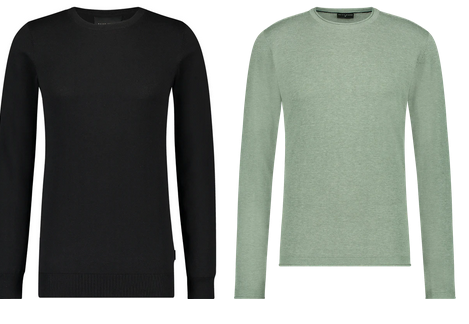Introduction:
Did you ever hear of Raatijaga? It is a medieval method of yoga exercises that has recently been attaining a lot more interest. Even though it is not really a well known practice, it has a extended historical past deeply rooted in ancient India. Right now, Raatijaga practitioners are uncovering its techniques for reap the benefits of its special strength. Let’s consider a close look in the beginnings and benefits associated with this interesting art.
Blog System: The Beginnings of Raatijaga
Raatijaga was created in India more than 5,000 yrs ago by yogis who sought to uncover the connection between bodily body and psychic heart and soul. As time passes, these yogis developed solutions to support individuals have a robust union between body and spirit through mindful practice and self-control. Some think that Raatijaga came from as a type of relaxation made use of by ascetics to attain higher says of consciousness others believe it was designed as an easy way for fighters to prepare for fight. Whatever its origins could be, Raatijaga is practiced for centuries—and it is actually still well-liked nowadays!
The key benefits of Practicing Raatijaga
Training Raatijaga could bring quite a few positive aspects, the two bodily and spiritually. Actually, this kind of yoga assists improve durability and flexibility as well as raising stability and sychronisation. Mentally, it can help teach your brain to be dedicated to one process without receiving preoccupied or overwhelmed by additional stimuli. Lastly, Raatijaga aids foster religious progress by deepening your understanding of your inside self—which can result in greater recognition and happiness with lifestyle generally speaking. Moreover, some professionals think that the actual positions utilized in Raatijaga offer defense against negative energies or “bad vibes” from the setting.
Verdict:
Raatijoga delivers benefits to individuals who decide to process it. From actual physical positive aspects such as enhanced power and adaptability, to psychological positive aspects for example better emphasis and clarity, this historic art retains very much likelihood of helping us all reach our maximum potential—physically, emotionally, psychologically, and emotionally! For anyone thinking about being familiar with this highly effective practice, there are plenty of sources available online offering detailed instructions on the way to properly perform each present correctly—so don’t be reluctant to explore them further!



